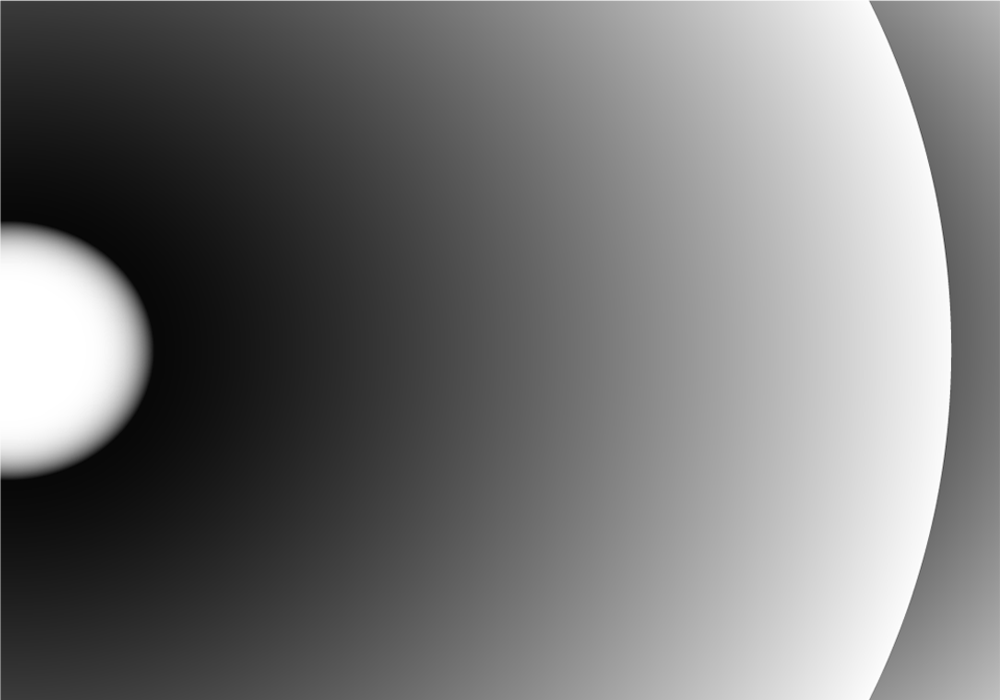John Powers’ research focuses on the aesthetic, cultural, and technological histories of experimental film and video.
Powers’ book, Technology and the Making of Experimental Film Culture (Oxford University Press, 2023) provides the first extended analysis of Bolex cameras, film stock, film labs, and DIY optical printers in film and media scholarship. Drawing on newly available archival materials and original interviews with experimental filmmakers, Powers makes new connections between experimental film culture, avant-garde film aesthetics, and the small-gauge media sphere that also encompassed home movies and industrial, civic, educational, and other useful cinemas. Powers’ next project will place the legendary experimental filmmaker Stan Brakhage at the center of 20th century American art.
Powers’ writing has appeared or is forthcoming in Cinema Journal, Screen, Discourse, October, Millennium Film Journal, Cinéma & Cie, and numerous collections dedicated to experimental film and video.
At Wash U, he teaches courses on the history of American cinema, the theory and practice of experimental film, contemporary women directors, documentary film and media, horror across media, and film historiography.
He holds a Ph.D. in Film Studies from the University of Wisconsin-Madison.




